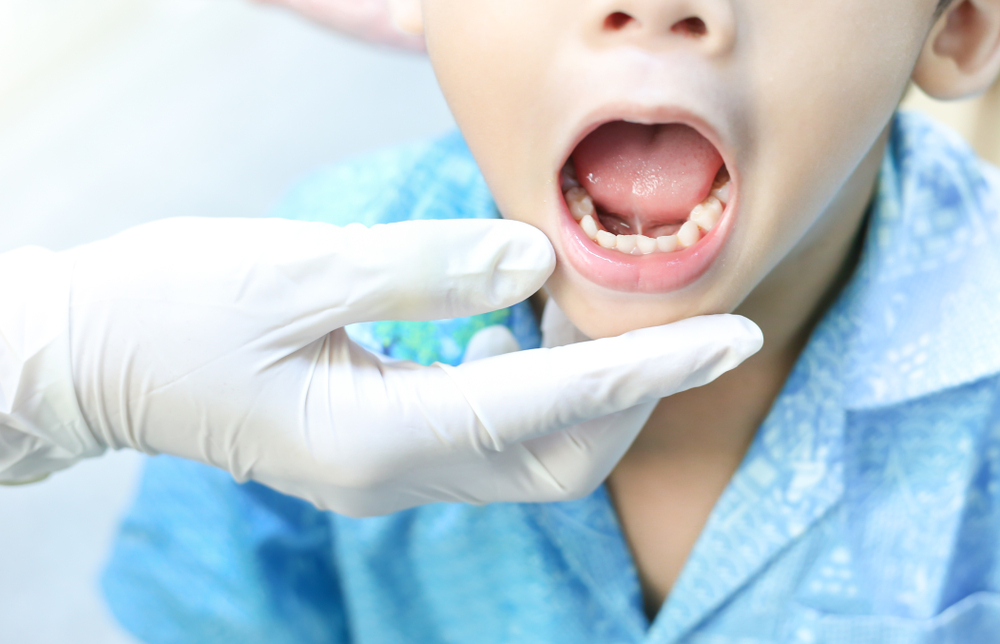If you or your child has just undergone (or is soon to undergo) a frenectomy in Grande Prairie, you’re likely curious about what happens next. Although the procedure itself is quite short and simple, aftercare is quite significant to ensure comfort and healing.
This blog is where you come to read all about recovery, what to anticipate, and how you can keep it as simple as possible.
What Is A Frenectomy?
A frenectomy is a simple surgical procedure that removes or modifies the frenum, a small fold of tissue that connects parts of your mouth, like the tongue to the floor of the mouth (lingual frenum) or the upper lip to the front gumline (labial frenum).
Others are born with constricted or large frenums that may affect speech, swallowing, or dental hygiene. In such situations, a frenectomy can prove to be a savior, particularly for kids who are born with tongue-tie or lip-tie.
No matter how the procedure is performed, laser or scalpel, the aim is to release movement and restore comfort and function. Healing occurs after the procedure has been completed, and that is where proper frenectomy aftercare comes in.
Why Aftercare Matters?
Like with any minor oral surgery, a frenectomy should be treated with the appropriate care and attention to heal properly. Proper aftercare helps:
- In relieving pain or swelling
- Supporting against infection
- Facilitating proper tissue growth
- Reduces the risk of the frenum reattaching
Your dentist in Grande Prairie will likely give you specific instructions, but here’s an overview of what most individuals can expect after the procedure and how you can support the healing process.
What to Expect After A Frenectomy?
Although healing is slightly different for everyone, generally following are some of the typical things that you can expect to experience in the first few days:
- Gentle soreness or swelling at the treated area
- Gentle bleeding in the first 24 hours
- White or yellowish tissue on the wound (normal but not pus)
- Greater fussiness or sensitivity in little kids
It tends to heal in 1–2 weeks, with variables based on the patient’s age and the type of frenectomy performed.
Frenectomy Aftercare Tips
Here’s how you can support a smooth recovery:
1. Manage Discomfort
- Use over-the-counter pain relief if recommended by your dentist.
- Cold compresses can help reduce swelling in the first 24–48 hours.
- Avoid hot, spicy, or crunchy foods for the first few days.
2. Oral Hygiene Is Key
- Gently brush around the area with a soft-bristled toothbrush.
- Rinse with warm saltwater to keep the area clean (only if suggested).
- For young children or infants, make sure bottles or breastfeeding positions don’t irritate the site.
3. Do the Stretches (if recommended)
- Some providers recommend post-frenectomy stretches or massages to prevent the tissue from reattaching.
- Be consistent, even if it feels uncomfortable at first.
- Always follow your provider’s instructions to avoid overdoing it.
4. Watch for Signs of Infection
- Fever, excessive redness, or pus may be signs of infection.
- Contact a dentist near you if anything seems unusual or worsens instead of improving.
Special Aftercare For Kids
If your child has undergone a frenectomy, you may need to take a few extra steps:
- Use teething toys to soothe discomfort.
- Make aftercare routines playful and short.
- Offer soft, cool foods like yogurt, smoothies, or applesauce.
- Be patient with fussiness – healing takes time.
Aftercare That Honors Your Healing Timeline!
While a frenectomy is a simple procedure, aftercare plays a big role in ensuring everything heals correctly and comfortably. With the right care, most people bounce back quickly and enjoy noticeable improvements in speech, feeding, and overall oral function.
Ready to support your smile with gentle, expert care? Book your appointment today with Cobblestone Dental and take the next step toward healthier healing.

